PREVIOUS
Wetlands in India and Tamilnadu – Part I
May 18 , 2023
695 days
17002
0
(இதன் தமிழ் வடிவத்திற்கு இங்கே சொடுக்கவும்)
- A wetland is an area of land which is permanently or periodically saturated with water and exists as a distinct ecosystem.
- Wetlands play many roles in the environment, such as water purification, flood control, carbon sink and shoreline stability.
- Wetlands are home to a wide range of aquatic plants and animal life.
- Wetlands can be freshwater, brackish, or saltwater.
- Examples of aquatic vegetation that thrive in wetlands are milkweed, bald cypress trees, mangroves and cattails.
Status of Wetlands in India
- India adds 11 more wetlands to the list of Ramsar sites to make total 75 Ramsar sites covering an area of 13,26,677 ha in the country in the 75th year of Independence (2022).
- The 11 new sites include: Four (4) sites in Tamil Nadu, Three (3) in Odisha, Two (2) in Jammu & Kashmir and One (1) each in Madhya Pradesh and Maharashtra.
- Designation of these sites would help in conservation and management of wetlands and wise use of their resources.
- India is one of the Contracting Parties to Ramsar Convention, signed in Ramsar, Iran, in 1971.

- In 1981, Chilika Lake was designated the first Indian wetland of international importance under the Ramsar Convention.
- India signed it on 1st Feb 1982. During 1982 to 2013, a total of 26 sites were added to the list of Ramsar sites, however, during 2014 to 2022, the country has added 49 new wetlands to the list of Ramsar sites.
- During this year itself (2022) a total of 28 sites have been declared as Ramsar sites.

- Tamil Nadu has maximum no. of Ramsar sites (14 nos), followed by UP which has 10 nos. of Ramsar sites.
- The largest wetland in India is the Sundarbans. It is also a part of the largest mangrove forest in the world.
- Renuka Wetland is the smallest Ramsar site in India and is located in Renuka, Himachal Pradesh.
- The area covered by this wetland is only 0.2 km². This wetland was declared a Ramsar site on October 15, 2012.
Types of Wetlands
- Based on the types, wetlands are classified as marsh, mangrove swamps, bogs, fens, estuaries, lakes and ponds, river floodplains and oxbow lakes.
Marsh
- The marsh type of wetland is flooded with water and has vegetation from saturated soil conditions.
- They are found both in inland and coastal ecosystems.
- Marshes are also found underground and beneath the surface.
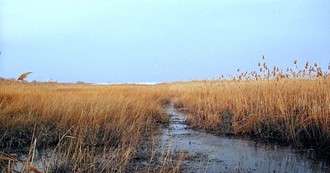
Mangrove Swamp
- Mangrove swamps are coastal wetlands found in tropical and subtropical regions.
- These wetlands are often found in estuaries, where fresh water meets salt water.
- Mangrove trees dominate this wetland ecosystem due to their ability to survive in both salt and fresh water.
- The Sundarbans is the largest Mangrove region in the world and a UNESCO World Heritage Site.
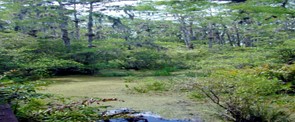
Bogs
- A Bog is a type of wetland ecosystem characterized by wet, spongy, poorly drained peaty soil formed from dead plants specially moss.
- Bogs have moss, sedges, grasses, such as cotton grass; insectivorous plants like pitcher plants; and many orchids.
- The gradual accumulation of decayed plant material in a bog, functions as a carbon sink.

Fen
- A Fen is a low land that is covered wholly or partly with water.
- They receive nutrients from ground water and have peaty alkaline soil.
- Their characteristic flora area sedges and reeds.

Lakes and Ponds
- Lakes and ponds are a diverse group of inland freshwater ecosystems found all over the world.
- They provide vital supplies and habitats for both terrestrial and aquatic creatures.

Estuaries
- The word “estuary” is derived from the Latin word aestuarium meaning tidal inlet of the sea.
- That is derived from the term aestus, meaning tide.
- An estuary is a partially enclosed coastal body of brackish water with one or more rivers flowing into it, and with a free connection to the open sea.
- The inflow of both sea water and fresh water provides high levels of nutrients both in the water column and in sediment.
- Hence, it makes estuaries among the most productive natural habitats in the world.
- Narmada river estuary is located in Gujrat.
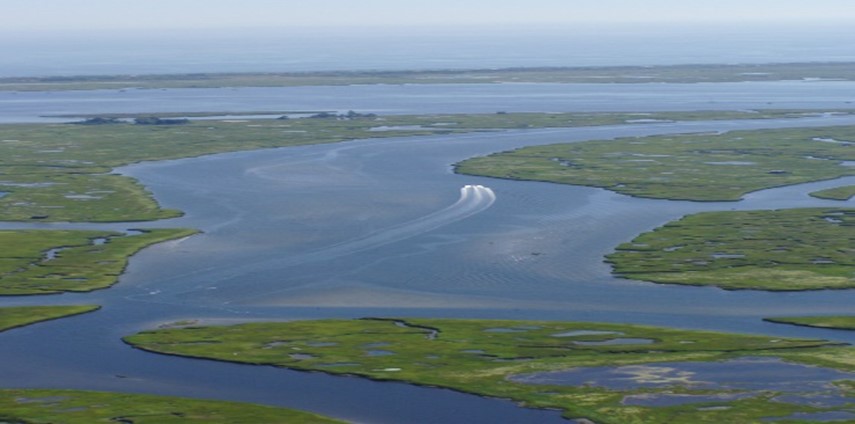
River Floodplains
- A flood plain is a flat area of land adjacent to a river.
- It stretches from the bank of its channel to the base of the enclosing valley walls.
- That experiences flooding during the period of high discharge.
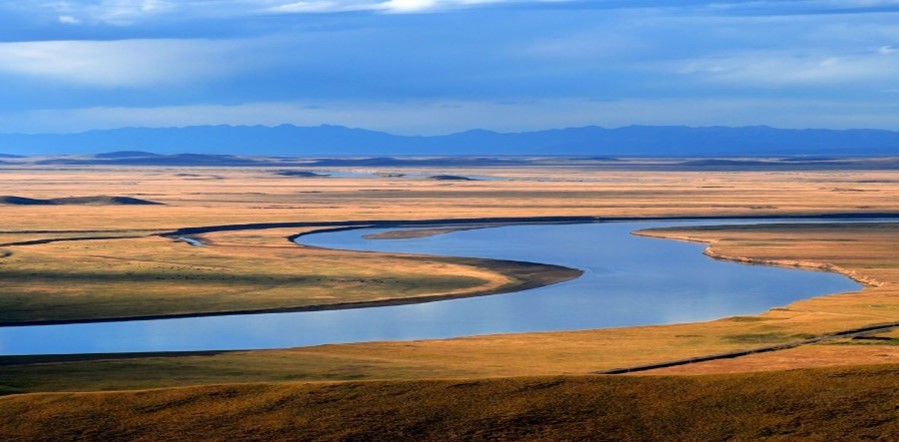
Oxbow Lakes
- Oxbow lake is a free-standing body of off from the main river.
- This landform is so named because it resembles horse shoe.
- Oxbows Lakes abound in the Ganga and Brahmaputra River basins.
- Example: Ansupa is an oxbow in the peak of the Mahanadi Delta.
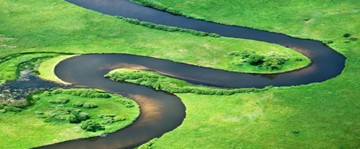
WETLANDS OF TAMIL NADU
- Area estimates of various wetland categories for Tamilnadu have been carried out using GIS layers of wetland boundary, water-spread, vegetation and turbidity.
- Total wetland area estimated is 902534 ha which is 6.92 % of the geographic area.
- As per National Wetland Atlas published by Space Application Centre, Ahmedabad.
- There are 30 districts. The geographic area of the districts varies from 178 sq.km (Chennai) to 8162 sq.km (Erode).
- The wetlands occupy as high as 18.05% of geographic area (Ramanathapuram District), and as low as 1.08% (Coimbatore District).
- Lakes/Ponds and Tanks/Ponds are the dominant wetland types in almost all districts.
- In coastal areas, Lagoons, inter tidal mudflats and Saltpans are dominant wetland types.
- Tamilnadu has a total no of 14 wetlands.
- They are listed below
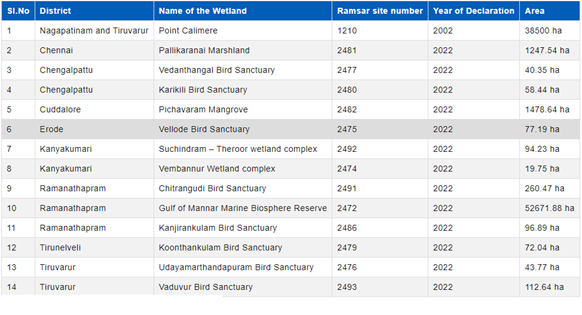
1.Chitrangudi Bird Sanctuary
- Chitranguri Bird Sanctuary is also known as “Chitranguri Kanmoli”.
- The Sanctuary is located in the Chitranguri village, Ramanathapuram District, Tamil Nadu, which was officially declared in 1989.
- This Bird Sanctuary of Tamil Nadu is adjacent to the Kanjirankulam Bird Sanctuary.
- There are many habitats for the migratory Heron Species found in the forest of the Sanctuary.
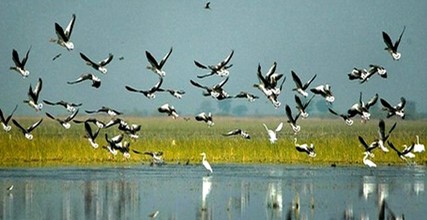
2.Gulf of Mannar Marine National Park
- It is the first Marine Biosphere Reserve in the South and South East Asia.
- The Gulf of Mannar Marine National Park is a protected area of India consisting of 21 small islands (islets) and adjacent coral reefs in the Gulf of Mannar in the Indian Ocean.
- It lies 1 to 10 km away from the east coast of Tamil Nadu, India for 160 km between Thoothukudi (Tuticorin) and Dhanushkodi.
- It is the core area of the Gulf of Mannar Biosphere Reserve which includes a 10 km buffer zone around the park, including the populated coastal area.
- It was established as a National Park in 1986.
- Recently the Government of Tamil Nadu has established India's first Dugong Conservation Reserve at Balk Bay in the Gulf of Mannar.
- The reserve helps India to become a leader in Dugong conservation in the South Asian sub-region.
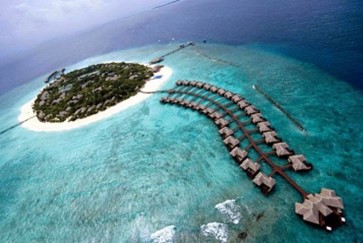
3.Kanjirankulam Bird Sanctuary
- Kanjirankulam Bird Sanctuary is an important tourist spot located in Mudukulathur Ramanathapuram District in the Indian state of Tamil Nadu.
- It was declared a bird sanctuary in the year 1989.
- The sanctuary is spread over an area of 66.66 ha.
- It is adjacent to Chitrangudi Bird Sanctuary.
- The sanctuary area is located within the community tank embankments.
- The sanctuary is known for the considerable growth of Babul trees.
- The sanctuary has been designated as a protected Ramsar site since 2022.
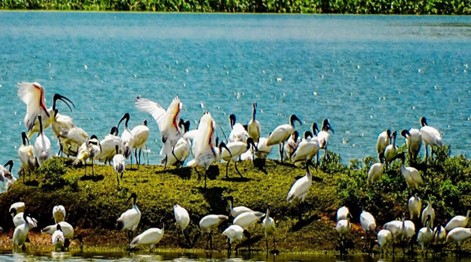
4.Karikili Bird Sanctuary
- It is located in the Chengalpattu District of the state of Tamil Nadu.
- The sanctuary is about 75 kilometres (47 mi) from Chennai, south of Chengalpattu.
- Karikili is situated about 10 km from Vedanthangal, and there are two tanks combined established as the bird sanctuary in 1988.
- This region is surrounded by open areas, paddy fields and scrub forest.
- Several migratory birds such as Northern Pintail, Garganey, Common Sandpiper were recorded from Karikili.
- Karikili Bird Sanctuary along with Vedanthangal Bird Sanctuary has been identified as one of the Important Bird Areas of Tamil Nadu.
- Several waterbirds use Vedanthangal as a nesting site and Karikili as a foraging site.
- The sanctuary has been designated as a protected Ramsar site since 2022.
5.Koonthankulam Bird Sanctuary
- It is declared as a sanctuary in 1994.
- It adjoins the tiny village of Koonthankulam in Nanguneri Taluk of Tirunelveli district, Tamil Nadu.
- It is just 38 km away from Tirunelveli (a bustling town on the banks of the Thamirabarani River.
- It is composed of Koonthankulam and Kadankulam irrigation tanks, conveniently linked by tar road.
- This is the largest reserve for breeding water birds in South India.
- It has been designated as a protected Ramsar site since 2021.
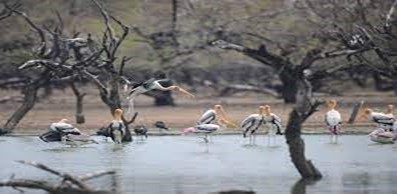
6.Pallikaranai wetland
- Pallikaranai wetland is a freshwater marsh in the city of Chennai, India.
- It is situated adjacent to the Bay of Bengal, about 20 kilometres (12 mi) south of the city centre.
- Pallikaranai marshland is the only surviving wetland ecosystem of Chennai.
- It is one of the 94 identified wetlands under National Wetland Conservation and Management Programme (NWCMP) operationalised by the Government of India in 1985–86.
- Moreover it is also one of the three in the state of Tamil Nadu, the other two being Point Calimere and Kazhuveli.
- It is also one of the prioritised wetlands of Tamil Nadu.
- It has been designated as a protected Ramsar site since 2022.
- Recently, Tamil Nadu Government has inaugurated a new Eco Park in Pallikaranai Swamp covering an area of 2.5 hectares.
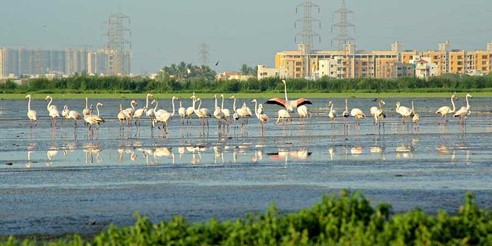
7.Pichavaram
- Pichavaram mangrove near Chidambaram, Cuddalore district. This is the second largest mangrove forest in the world covering about 1,100 hectares (11 sq.km) of area.
- It is separated from the Bay of Bengal by a sandbar.
- It consists of species like Avicennia and Rhizophora.
- It also supports the existence of rare varieties of shell and fin fishes.
- It has been designated as a protected Ramsar site since 2022.
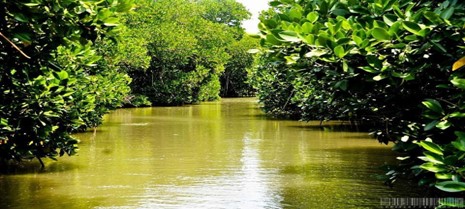
8.Point Calimere
- Kodiakkarai, also called Point Calimere or Cape Calimere, is a low headland of the Coromandel Coast, in the Nagapattinam district of the Indian state of Tamil Nadu.
- It is evidenced by the Kodi Kuzhagar temple built during the Chola period.
- A Chola lighthouse present here was destroyed in the 2004 Indian Ocean tsunami.
- Kodiakkarai has been designated as a Ramsar site since August 2002.
- Point Calimere is also associated with the mythological Hindu epic, The Ramayana.
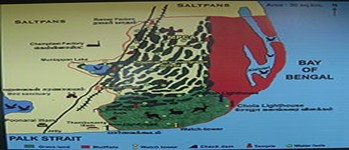
9.Suchindram Theroor Vembannur Wetland Complex
- The Suchindram Theroor Vembannur Wetland Complex is a protected area comprising the Suchindram Kulam wetlands and the Theroor Kulam wetlands and the Vembannur Wetland Complex, all near Suchindram town in Kanyakumari District, Tamil Nadu, India.
- It is located between Nagercoil and Kanyakumari on the National Highway No. 47.
- Being at the extreme southern tip of India, this area underlies the southernmost continental range of the Central Asian Flyway.
- Constitution of this new wildlife sanctuary was proposed in 2002 and remains under consideration of the Government.
- Parts of the sanctuary have been designated as protected Ramsar sites since 2022.
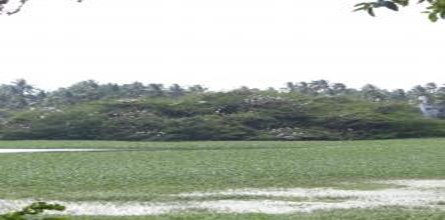
10.Udayamarthandapuram Bird Sanctuary
- Udayamarthanda Puram Bird Sanctuary is located in Tiruvarur District, Tamil Nadu.
- In 1999, this sanctuary was declared as a protected area.
- It has been designated as a protected Ramsar site since 2022.
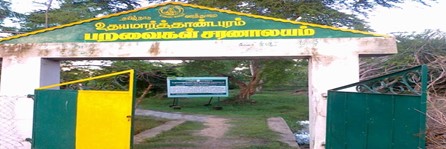
11.Vaduvoor Bird Sanctuary
- Vaduvoor Bird Sanctuary is located in Vaduvoorlake, Mannargudi Taluk, Thiruvarur District, Tamil Nadu.
- It was created in the year 1999.
- The irrigation tank receives water from November to April every year which attracts numerous foreign birds from Europe and America.
- The sanctuary attracts more than 40 species of water birds like the white ibis, painted stork, grey pelican, pintails, cormorants, teals, herons, spoonbills, darters, coots, Open bill storks, and pheasant–tailed jacana.
- The sanctuary is a favourite spot for the migratory birds and during the months of November and December.
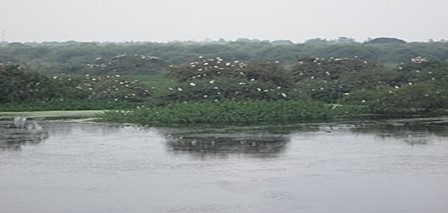
12.Vedanthangal Bird Sanctuary
- Vedanthangal Bird Sanctuary is located in the Madurantakam taluk of the Chengalpattu District in the state of Tamil Nadu.
- More than 40,000 birds (including 26 rare species), from various parts of the world visit the sanctuary during the migratory season every year.
- Vedanthangal is home to migratory birds such as pintail, garganey, grey wagtail, blue-winged teal, common sandpiper and the like.
- It has been designated as a protected Ramsar site since 2022.
- Vedanthangal is the oldest water bird sanctuary in the country.
- Vedanthangal in Tamil language means 'hamlet of the hunter'.
- This area was a favourite hunting spot of the local landlords in the early 18th century.
- The region attracted a variety of birds because it was dotted with small lakes that acted as feeding grounds for the birds.
- Realising its ornithological importance, the British government undertook steps to develop Vedanthangal into a bird sanctuary as early as 1798.
- This was established in 1858 by the order of the Collector of Chengalpattu.
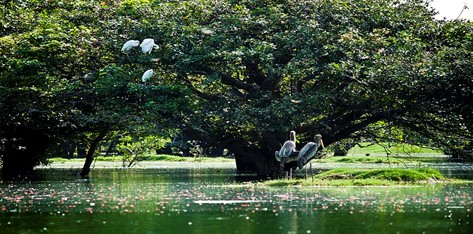
13.Vellode Birds Sanctuary
- It is located in the Erode District in the state of Tamil Nadu.
- It has been designated as a protected Ramsar site since 2022.
- It is at a large lake surrounded with semi-dark bushes, near Vellode.
- This sanctuary near Erode is home to many foreign birds.
- The sanctuary features thousands of birds coming from various countries, some of which can be easily identified.
- Some easily found bird species include cormorants, teals, pintail ducks, pelicans, and darters.
14.Vembannur Wetland
- The Suchindram Theroor Vembannur Wetland Complex is a protected area comprising the Suchindram Kulam wetlands and the Theroor Kulam wetlands and the Vembannur Wetland Complex, all near Suchindram town in Kanyakumari District, Tamil Nadu, India.
- It is located between Nagercoil and Kanyakumari on the National Highway No. 47.
- Being at the extreme southern tip of India, this area underlies the southernmost continental range of the Central Asian Flyway.
- Constitution of this new wildlife sanctuary was proposed in 2002 and remains under consideration of the Government.
- Parts of the sanctuary have been designated as protected Ramsar sites since 2002.
-------------------------------------
Leave a Reply
Your Comment is awaiting moderation.


